Nikon F3: The Best 35mm Film Camera Ever Made
A Sentimental Fifteen Year Long-Term Review of the Nikon F3hp
The Nikon F3 is undeniably one of the most sought-after cameras ever created by Nikon. Proven by its durability long after its production ceased in 2001, having stood the test of time. And as a proud owner of two Nikon F3 cameras over the past fifteen years, I can confidently say that it is the best 35mm film camera ever made.
Now before we dive into my personal journey with the F3 however, it’s important to note that this review is not a technical analysis or a historical account of the F3. There are many resources available online for such information. Instead, I share my experience with the F3, real world sample photos, as well highlighting eight reasons why I love it, three why I don’t, and if it’s worth purchasing one today.
A Fifteen-Year Love Affair with the Nikon F3
While working at La Cañada Camera in 2008, a small camera shop near Pasadena, California, I acquired my first F3 together with the Nikkor 50mm f/1.4 AIS lens. In those days, film cameras were not in high demand, and customers often left boxes filled with cameras and accessories labeled as junk. The F3 in one such box, was deemed irreparable by the customer who dropped it off, but to my fortunate surprise, it worked perfectly after inserting a fresh battery. Unfortunately, I didn't even use the F3 as intended, and so it sat in a Domke camera bag inside a closet for a few years simply because I was too lazy learned how to manually focus.
In 2012, I came across Jonathan Canlas' book, "Film Is Not Dead: A Digital Photographer's Guide to Shooting Film," which encouraged using the cameras you already owned and embrace manual mode. Inspired by his words, I dusted off my F3 and started using it extensively for personal work.
This eventually led to the creation of my travel blog, "This Summer Imperfect." The blog you are now reading.
The F3 became my faithful companion, accompanying me on frequent trips to Mexico and not so far away travels. Its previous owner had taken it all around the world, and yes, I offered to give it back, but she insisted I’d put it to good use, which, I eventually did. Sadly, my original F3, with its beautiful brassing and old-world charm, was misplaced while at a camera repair shop a few years ago. Nevertheless, my love for the F3 persisted, as I later acquired a like-new Nikon F3hp in early 2021.
Nikon F3 Sample Photos
Taken with the Nikkor 50mm f/1.4 AIS on Fujifilm 400H in Oaxaca, Mexico during Día de los Muertos
Eight Reasons Why I Love the Nikon F3
Superb User Experience — The F3 provides a delightful shooting experience with its bright viewfinder, solid film advance lever, commanding shutter speed command dial, and satisfying mechanical sounds. Instilling confidence with every complete shutter cycle.
Compact and Travel-Friendly — Both the F3 camera and its accompanying AIS lenses are relatively small compared to modern digital SLRs and mirrorless setups, making them perfect companions for traveling light.
Minimalist Design — The F3 exemplifies minimalism. Every feature serves a purpose, and never gets in the way of the creative process. Apart from learning how to manual focus, there is no steep learning curve associated with this camera.
Exquisite Craftsmanship — Proudly made in Japan, the F3 exhibits unparalleled craftsmanship of its era, featuring all-metal construction that develops a beautiful patina over time. A testament to Nikon's dedication to quality.
Extensive Customization Options — Nikon went above and beyond with the F3, offering a wide range of accessories and variations to customize the camera according to individual preferences.
Long Battery Life — The F3's battery can last through approximately thirty rolls of film, and even if the battery fails, the F3 can still operate at a shutter speed of 1/60th.
Stable Resale Value — Any variation of the F3 retains its value, ensuring that you can recoup your investment if you decide to sell it.
Versatile Lens Compatibility — The F3, like many pro level Nikon film cameras, can use almost every Nikon F mount lens, including modern Zeiss and Voigtländer lenses. Allowing a photographer to explore and experiment with a comprehensive library of lenses dating back to the original Nikon F of 1959.
Drawbacks of the Nikon F3
There is not much to NOT like about this camera; it is as near perfect and exquisite as you can get with a 35mm film camera, an exceptional camera without a doubt, however, it does have three minor flaws:
Lack of Weatherproofing — The F3 is not weatherproof, though I have seen people use their F3s in the rain. I do not recommend it.
Limited Flash Function — The standard issue F3 does not have a universal hot shoe, forcing users to purchase proprietary Nikon flash adapters. While not difficult to find, it does limit creativity. Skip to 24:10 for more info: Grey’s Homage to the F3.
Manual Focus Without Confirmation — Unless you have the type K with split-image focusing screen, achieving accurate focus WILL require a bit of practice and plenty of patience.
Sadly, due to these minor flaws and the realization that my eyesight is not improving with age as most wines do, I went with the Nikon F6 as my go-to walk-around travel film camera as of two years ago. Which brings me to an unpopular opinion, the Nikon F6 is a far better choice if you primarily want to use manual focus Nikkor lenses and want a high keeper per roll ratio.
Is the Nikon F3 Worth Purchasing in 2024?
With the increasing cost of film, the on and off scarcity of film stock, and the availability of modern digital presets that can replicate the look of film, there is no practical reason to pick up a Nikon F3, let alone use film in general. The decision to use film in 2024 is driven more by emotional reasons, for both the look and feel of the photograph.
However, for those with a passion for film photography and a long-term commitment to 35mm film, the F3 is an excellent choice. Its durability and ample availability on platforms like eBay, along with the potential for future appreciation, make the F3 an attractive option for film enthusiasts. Moreover, the F3 is common enough, that you are certain to find one that fits your budget. And since Nikon manufactured the F3 until 2001, finding a well-preserved one without much difficulty is very much possible, although it will come with a premium price tag.
Lastly, if you are a digital camera user and have never used film cameras before, the F3 may not be the best choice for your first 35mm film camera. Instead, I recommend picking up either a Nikon N75 or a Canon Kiss if you already have the respective lenses for them. Both options offer automatic features you are familiar with and come with much lower entry cost into the world of 35mm photography, typically priced at thirty dollars or less.
The Legacy of the Nikon F3
Next to the Nikon N75, which was a high school graduation present that opened the floodgates of analog photography for me, no other camera has rekindled and kept the burning passion of film photography alive like the F3 since 2012. Along the way, photographs I have taken with the F3 together with the 50 1.4 AIS, have been featured in several publications, including LAMetro, and have been exhibited twice at the Vincent Price Art Museum.
And no, simply picking up an F3 will not make you a renowned photographer right off the bat. However, it will make you want to go out and use it because it feels that good in the hands, along with the confidence it instills each time you hear the mechanical shutter and film advance cycle. Ultimately, that's how we hone our craft, isn't it? By using the tools at hand day in, and day out. Practice makes better.
It's fascinating to think how an inanimate object like the F3 has instill so much creativity in my life, from long-form writing to seeing the mundane neighborhoods I grew up in as world-class travel destinations, as well as appreciating handmade craftsmanship in all aspects of life, including architecture, clothing, and paper goods. And I believe Nikon feels the same way, as traces of the F3 are seen in the Z mirrorless cameras of today. And it saddens me to think that perhaps no other camera or creative tool will ever replicate that emotional affection ever again.









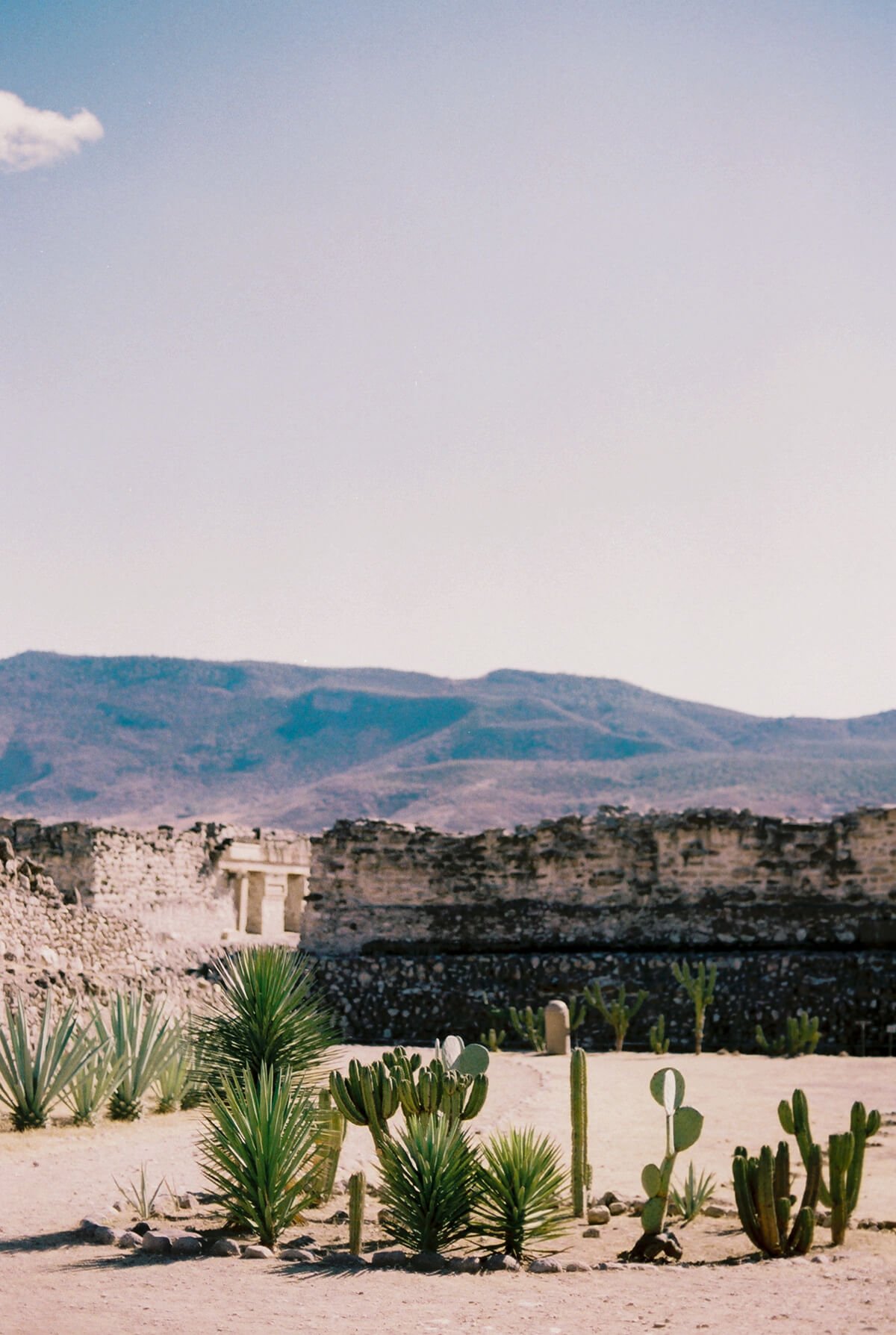
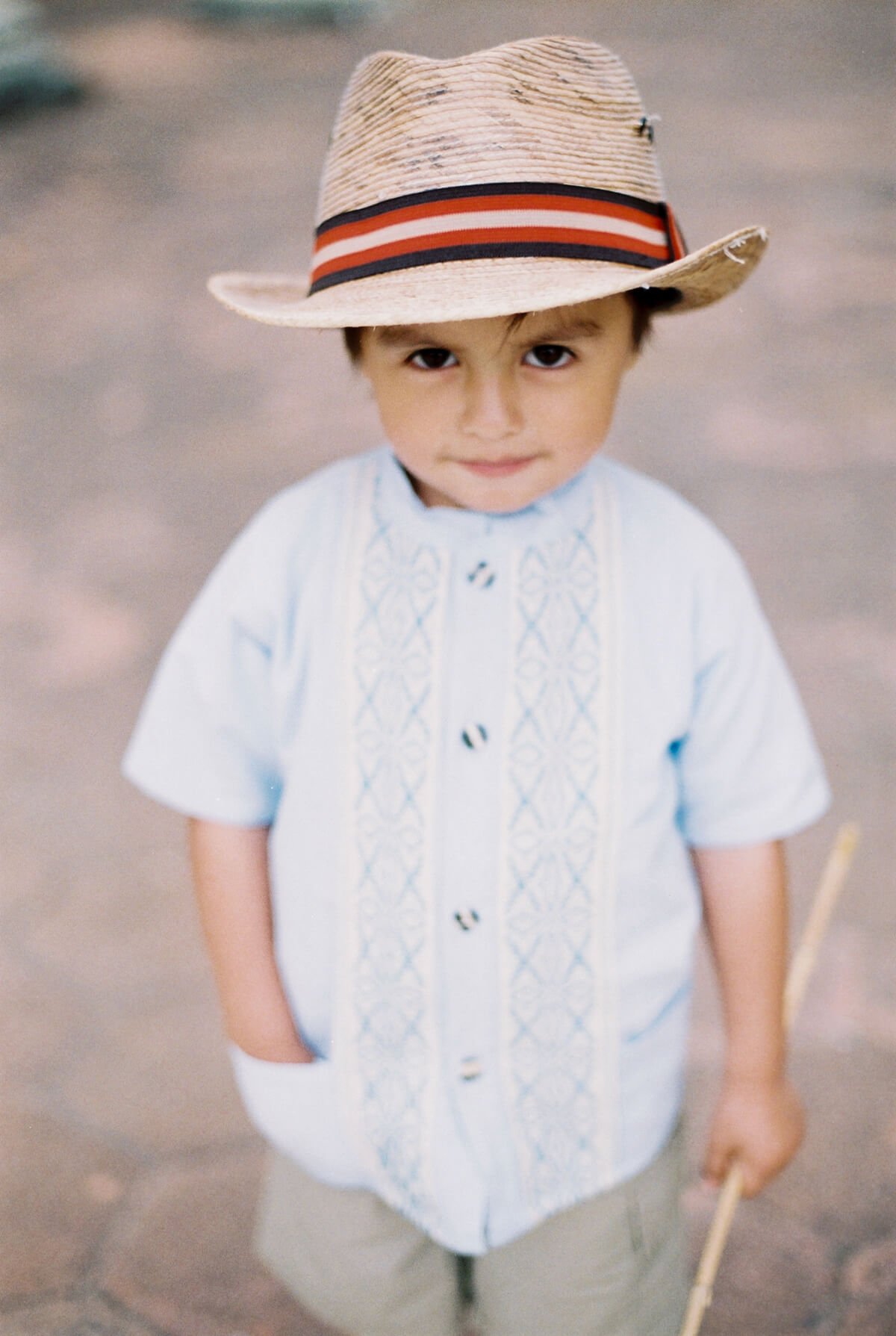

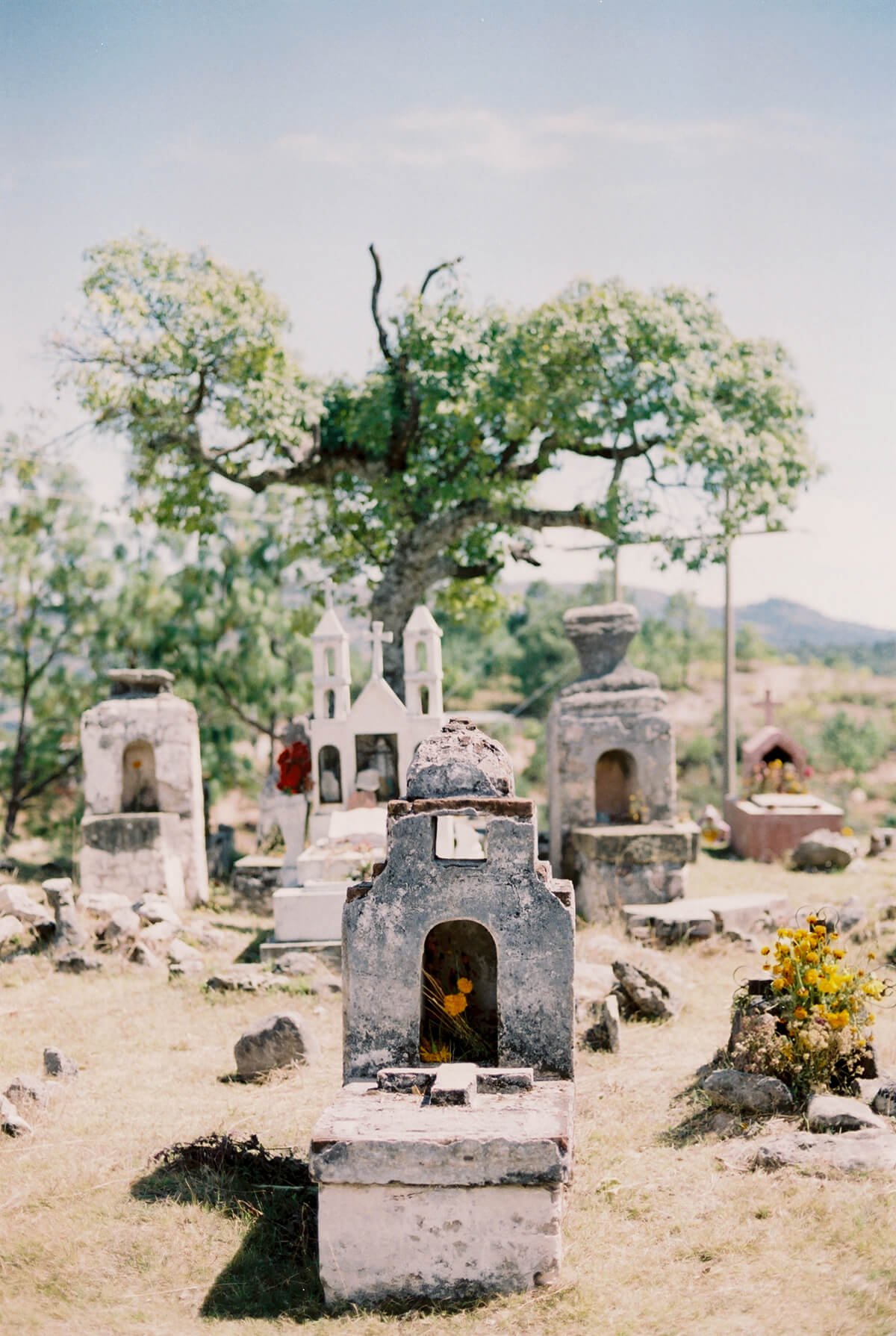

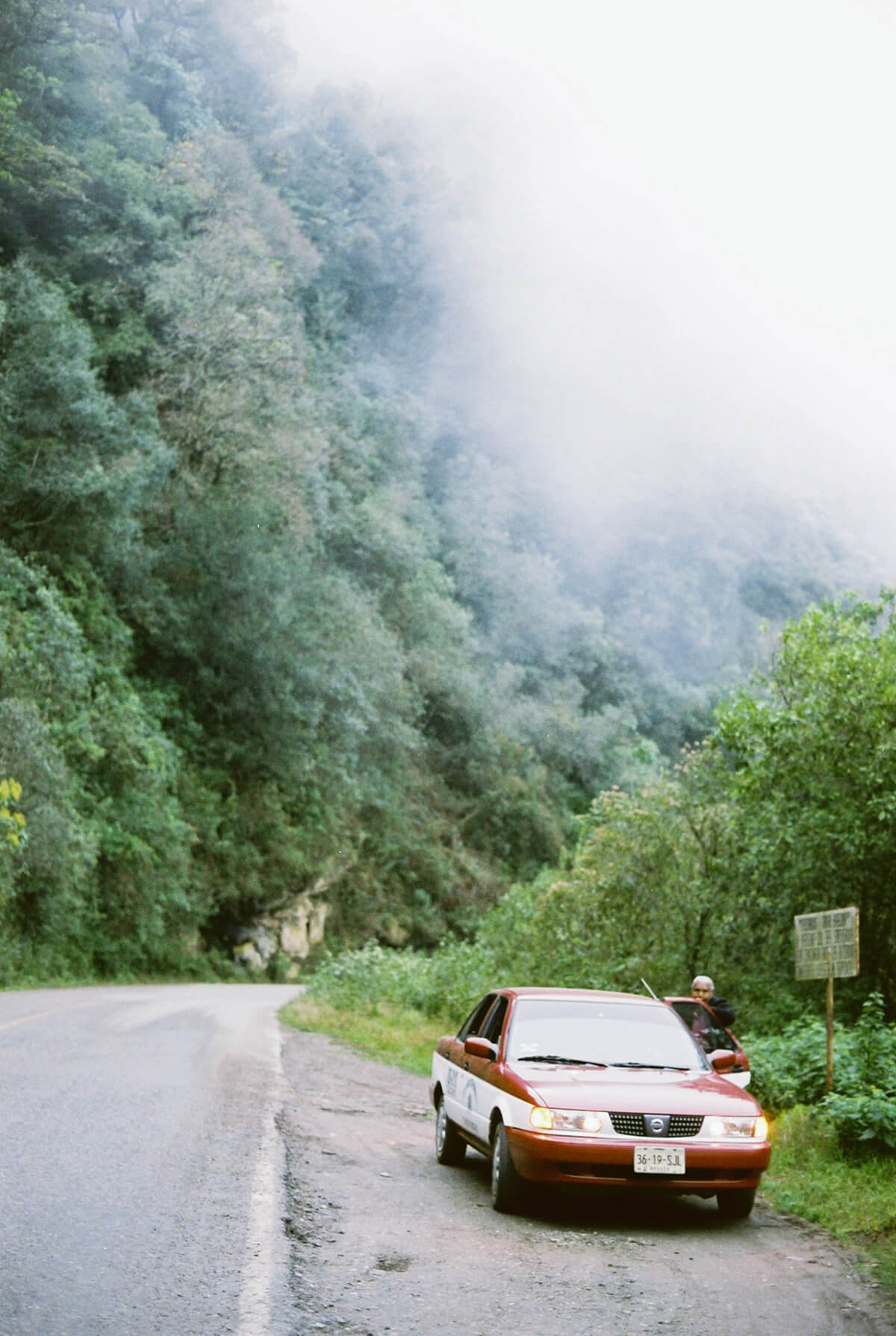


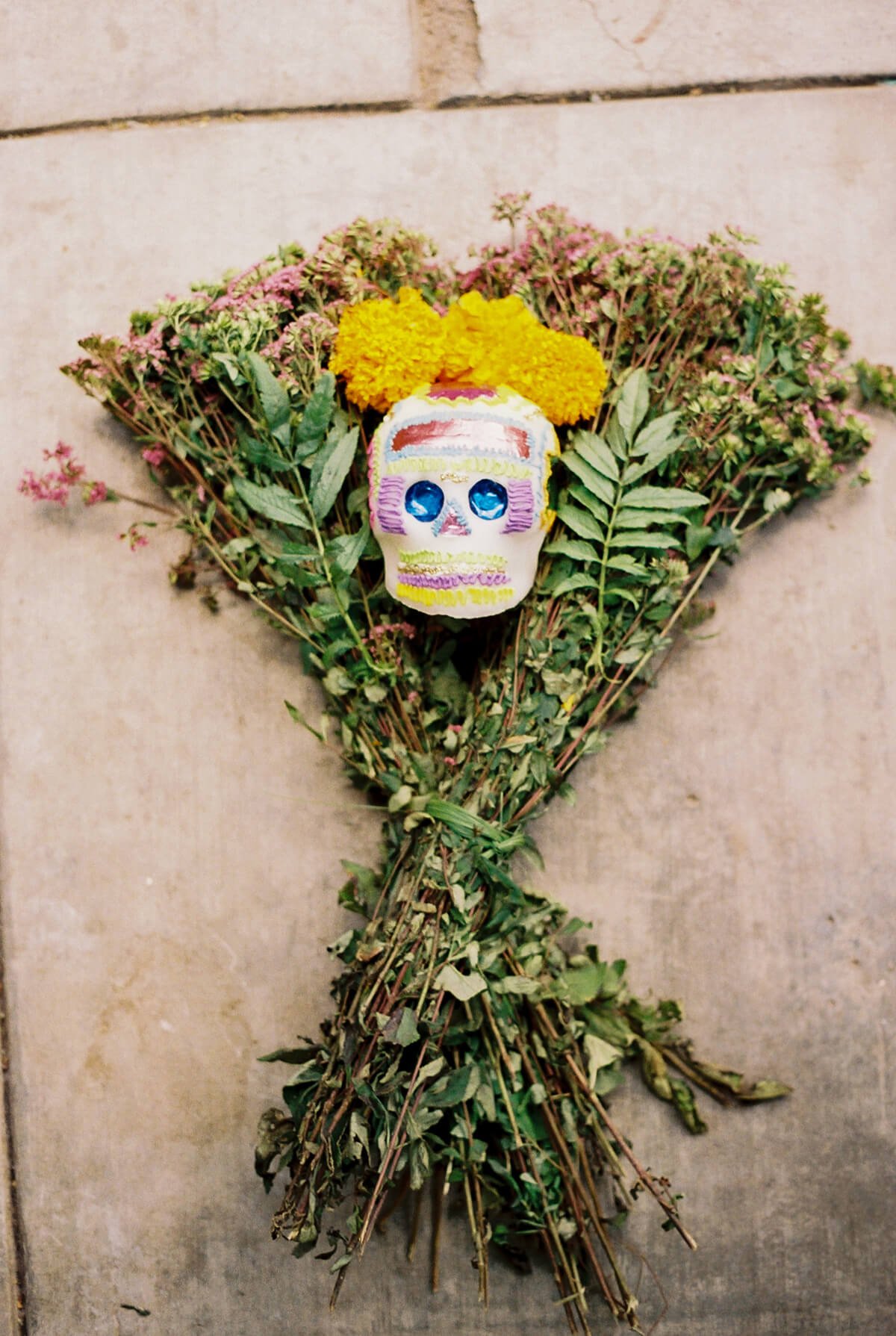

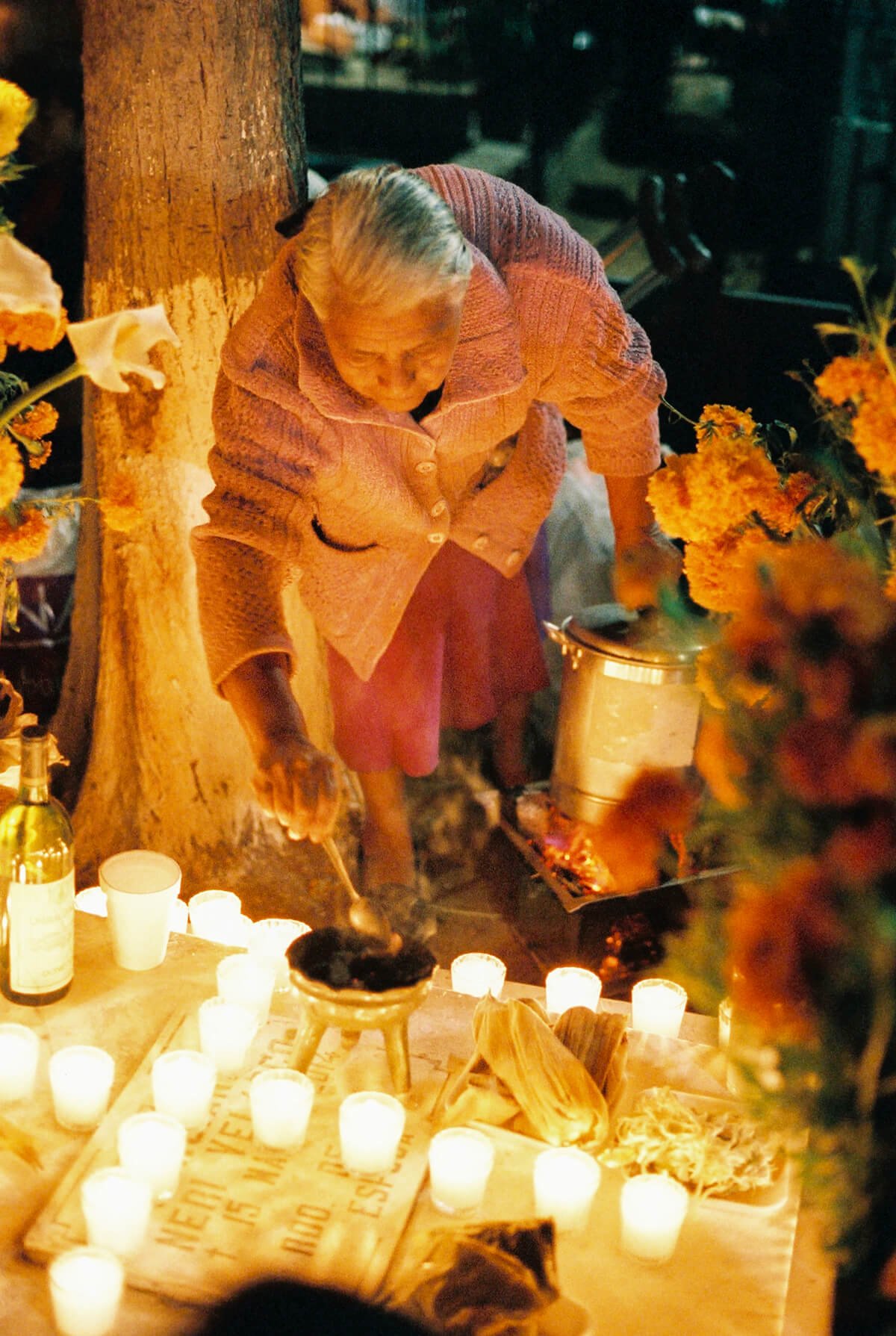


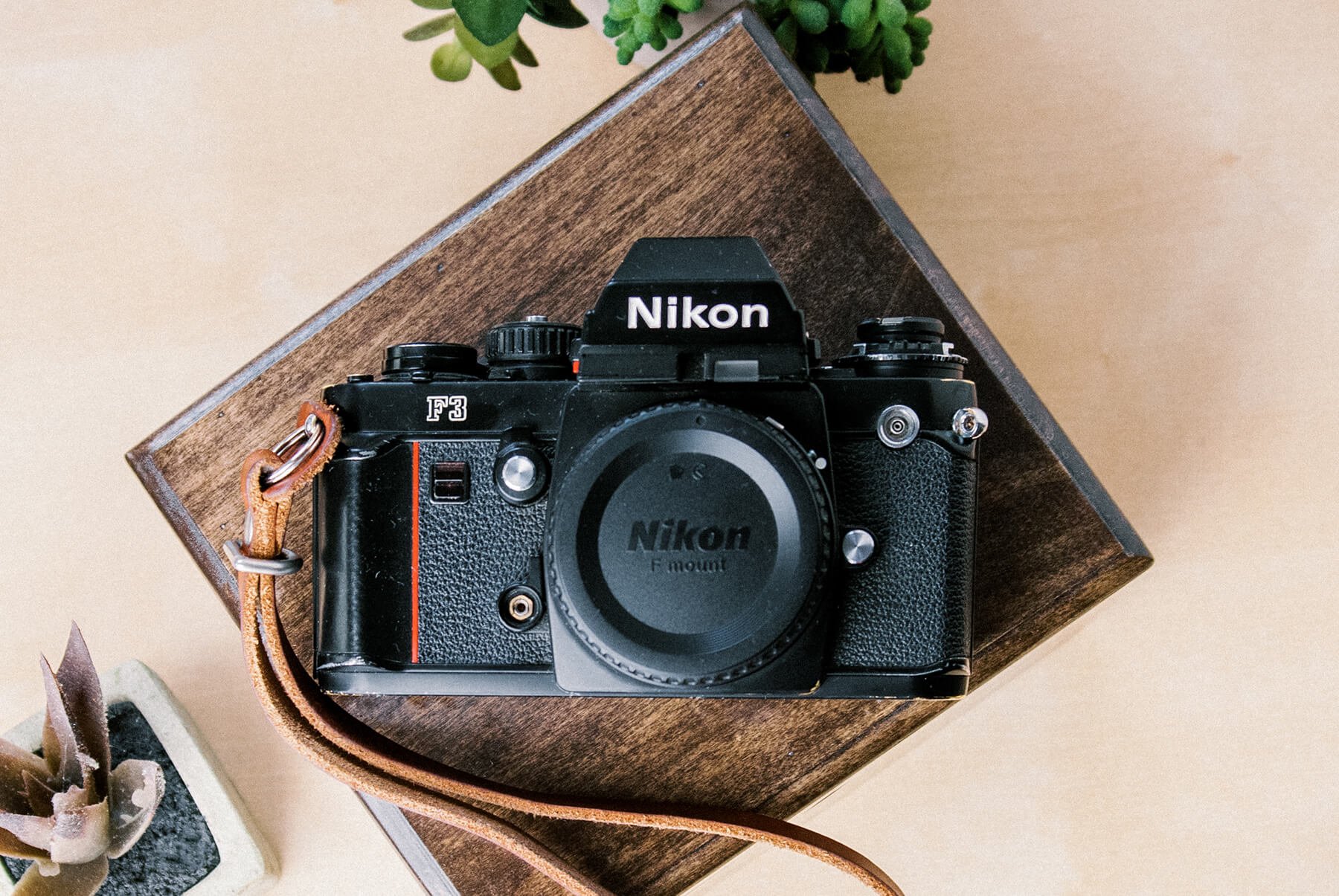




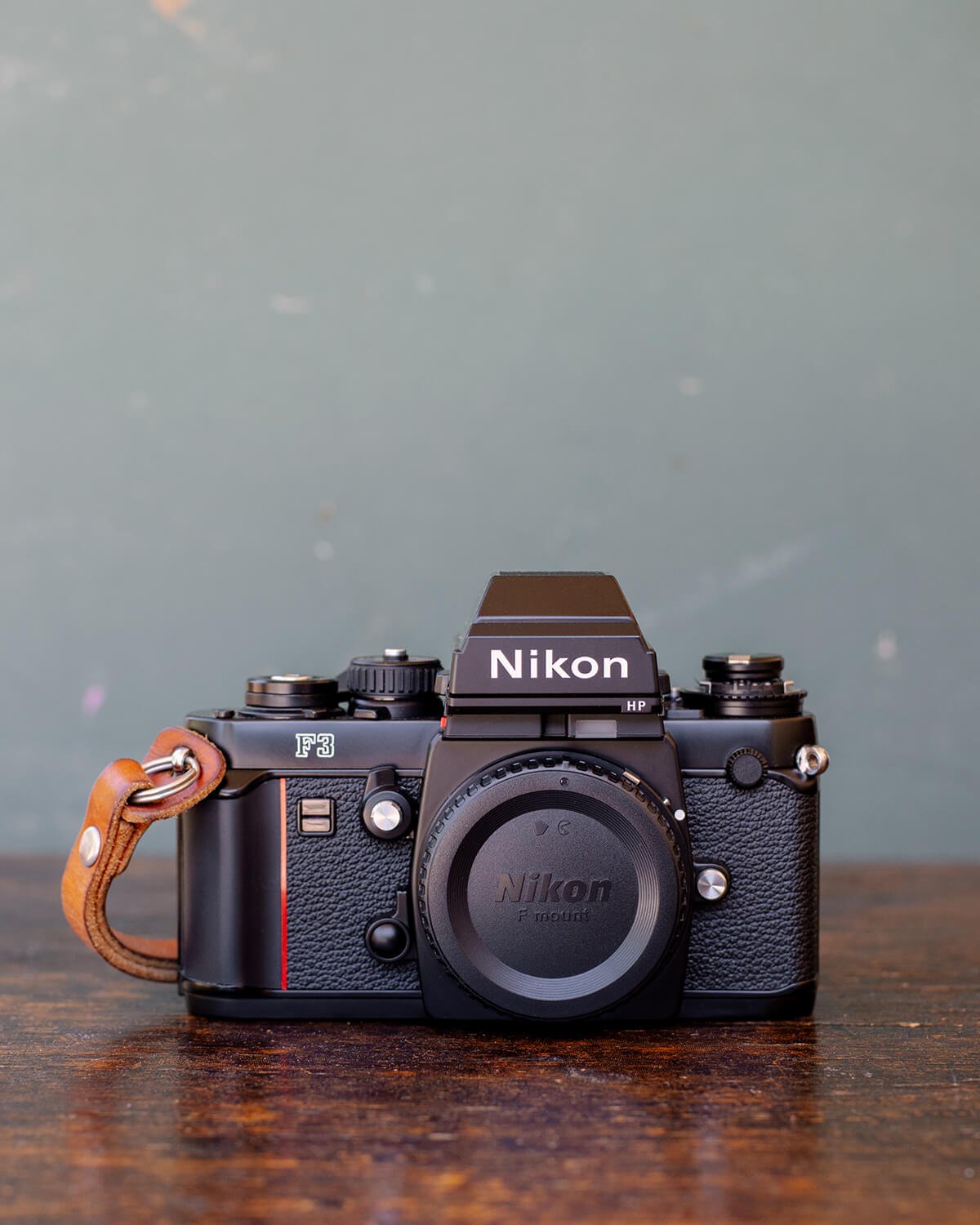
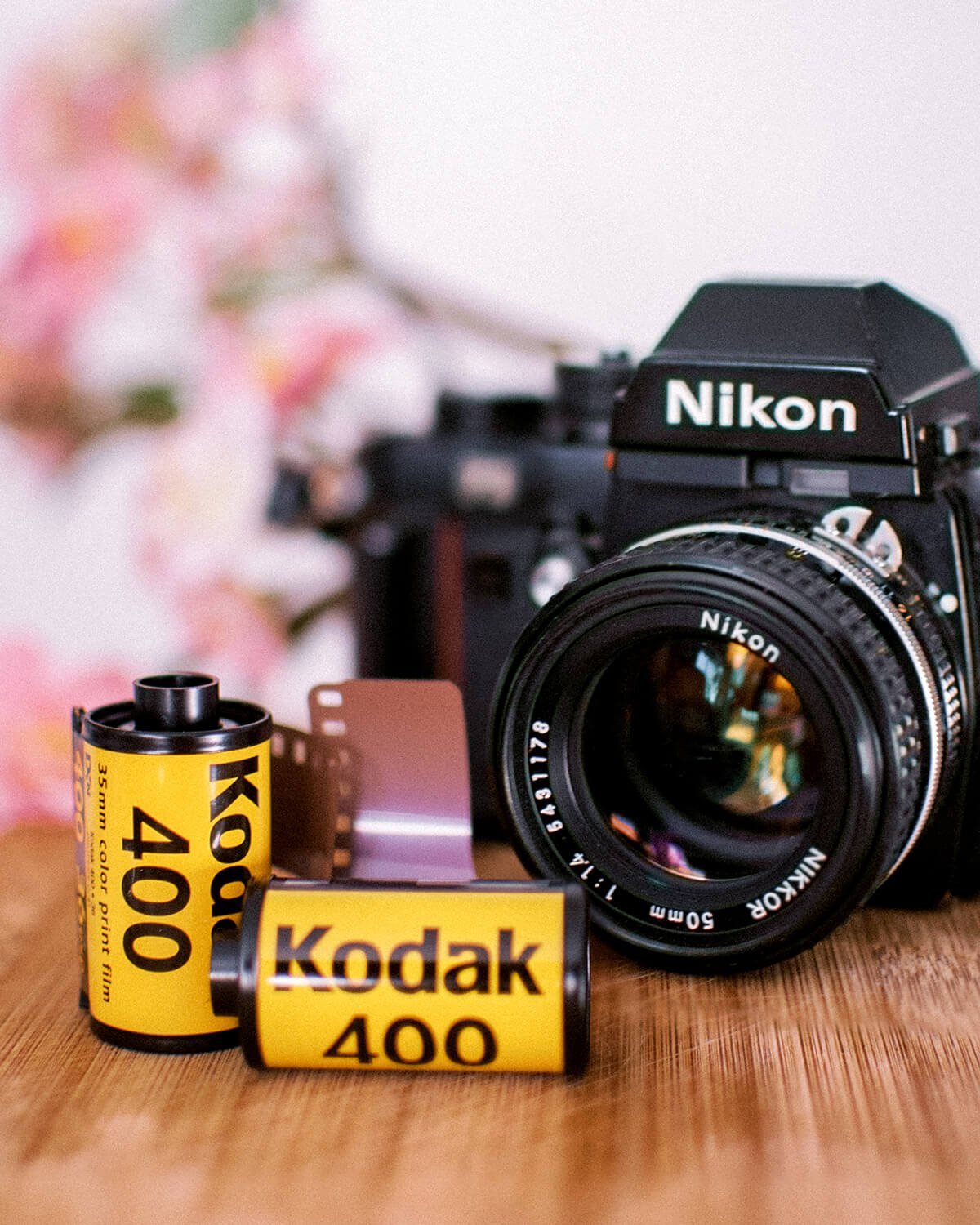
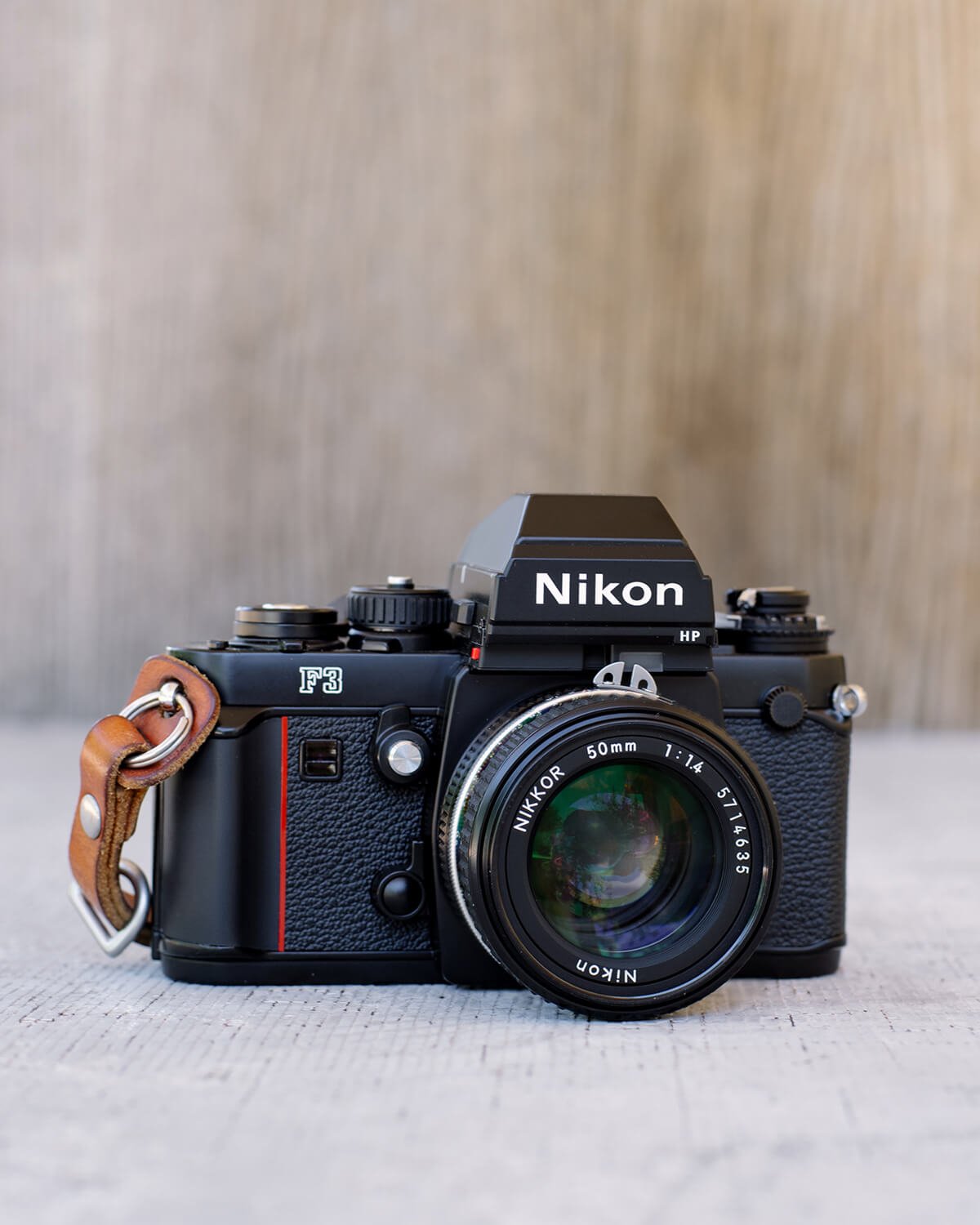
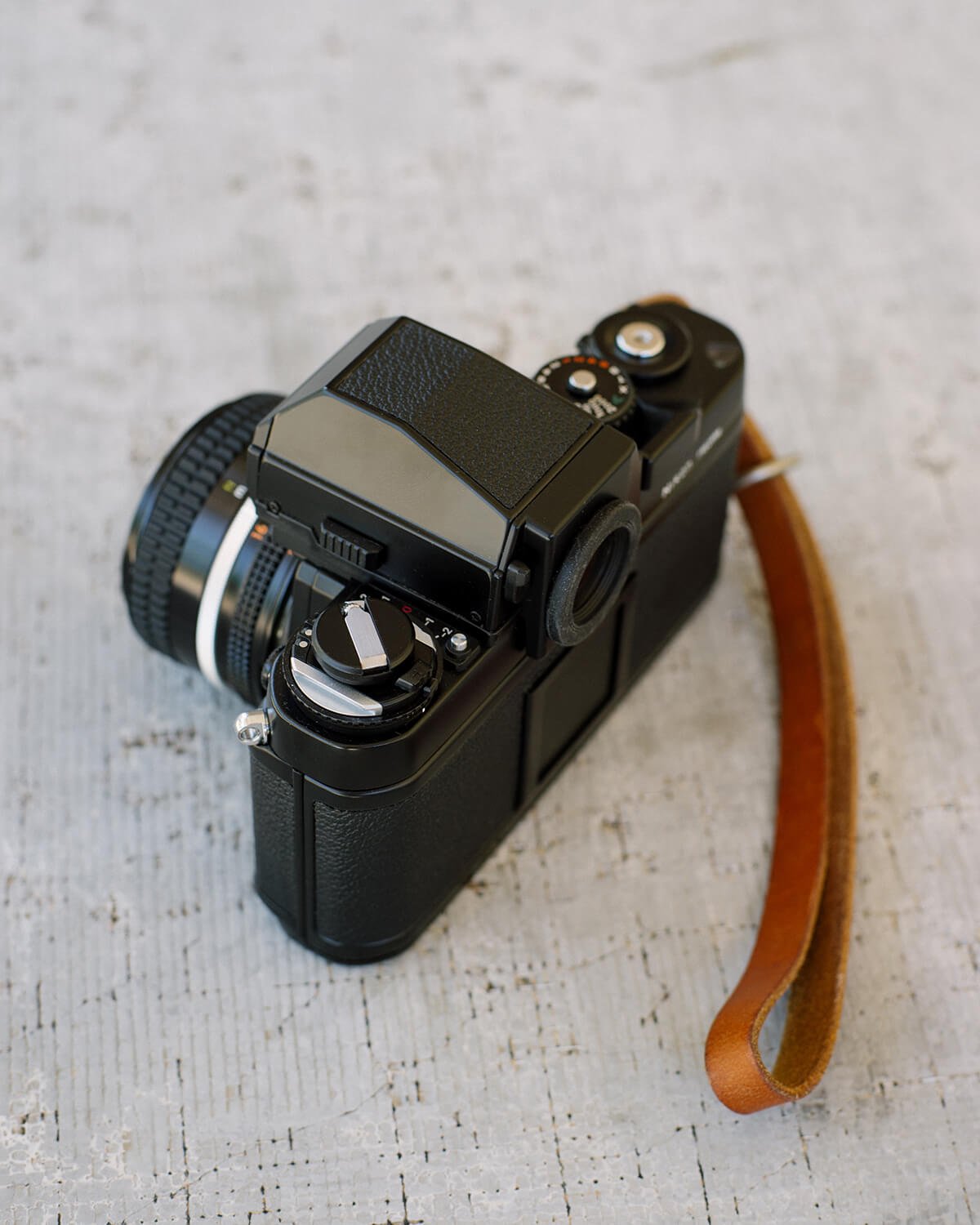
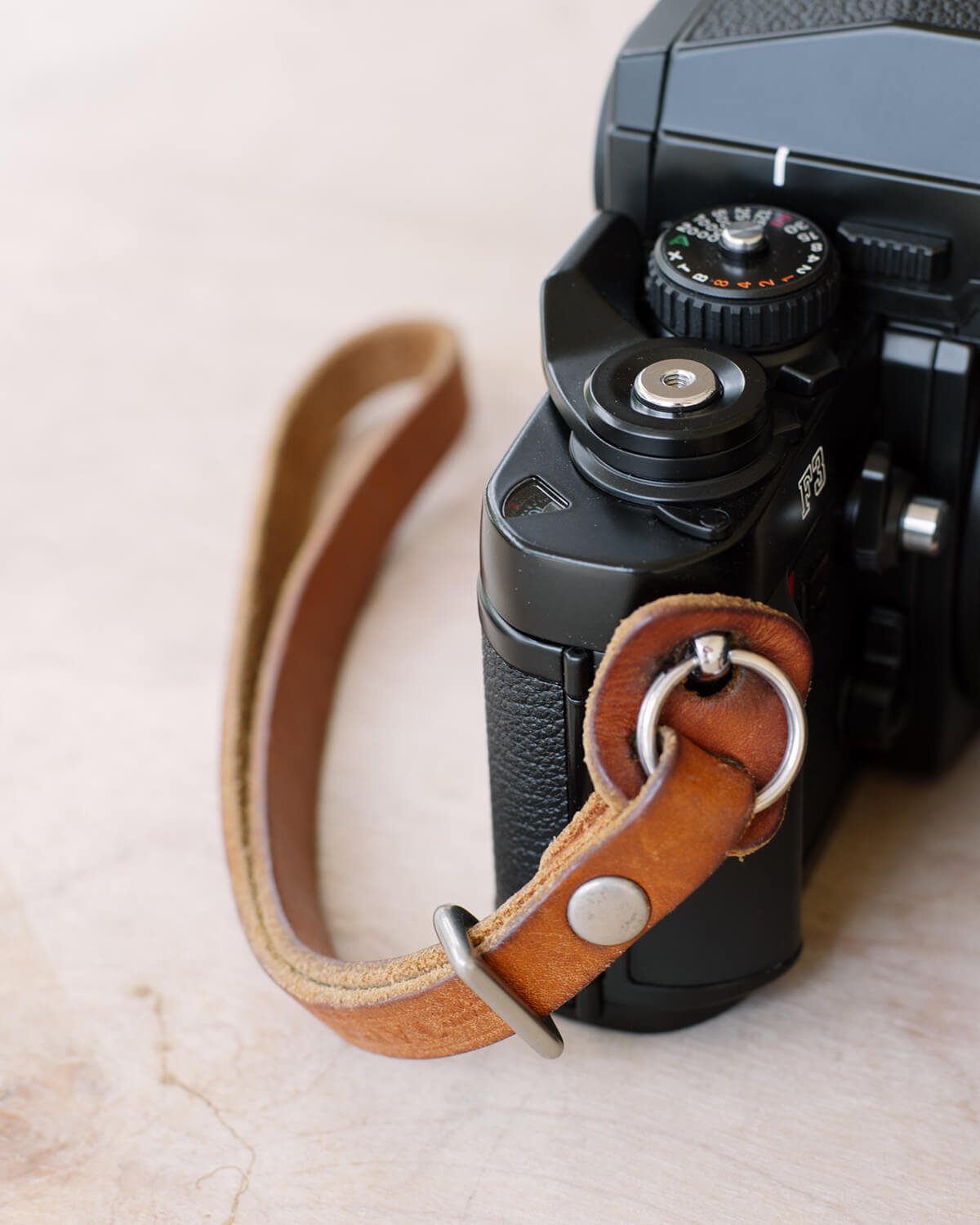
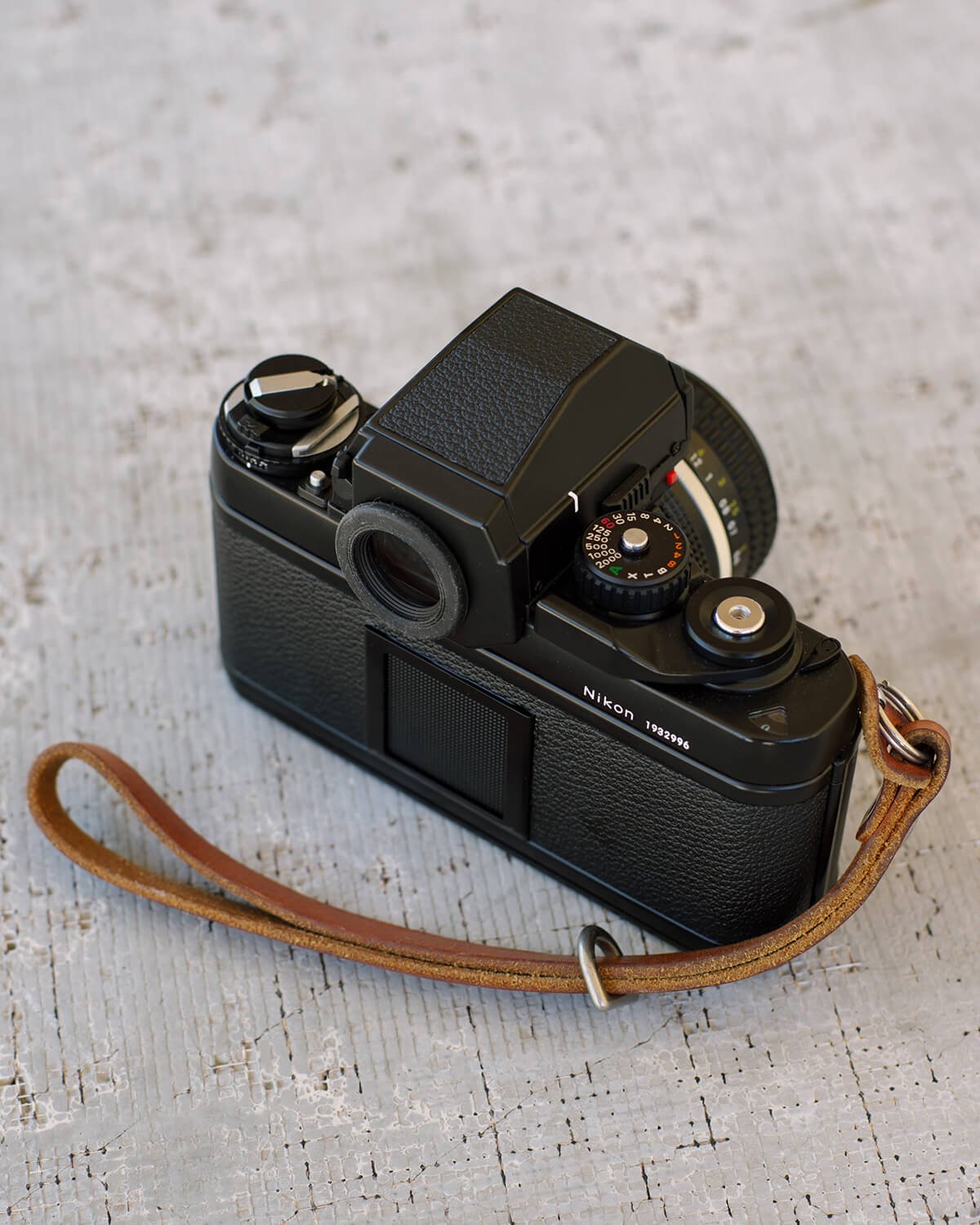


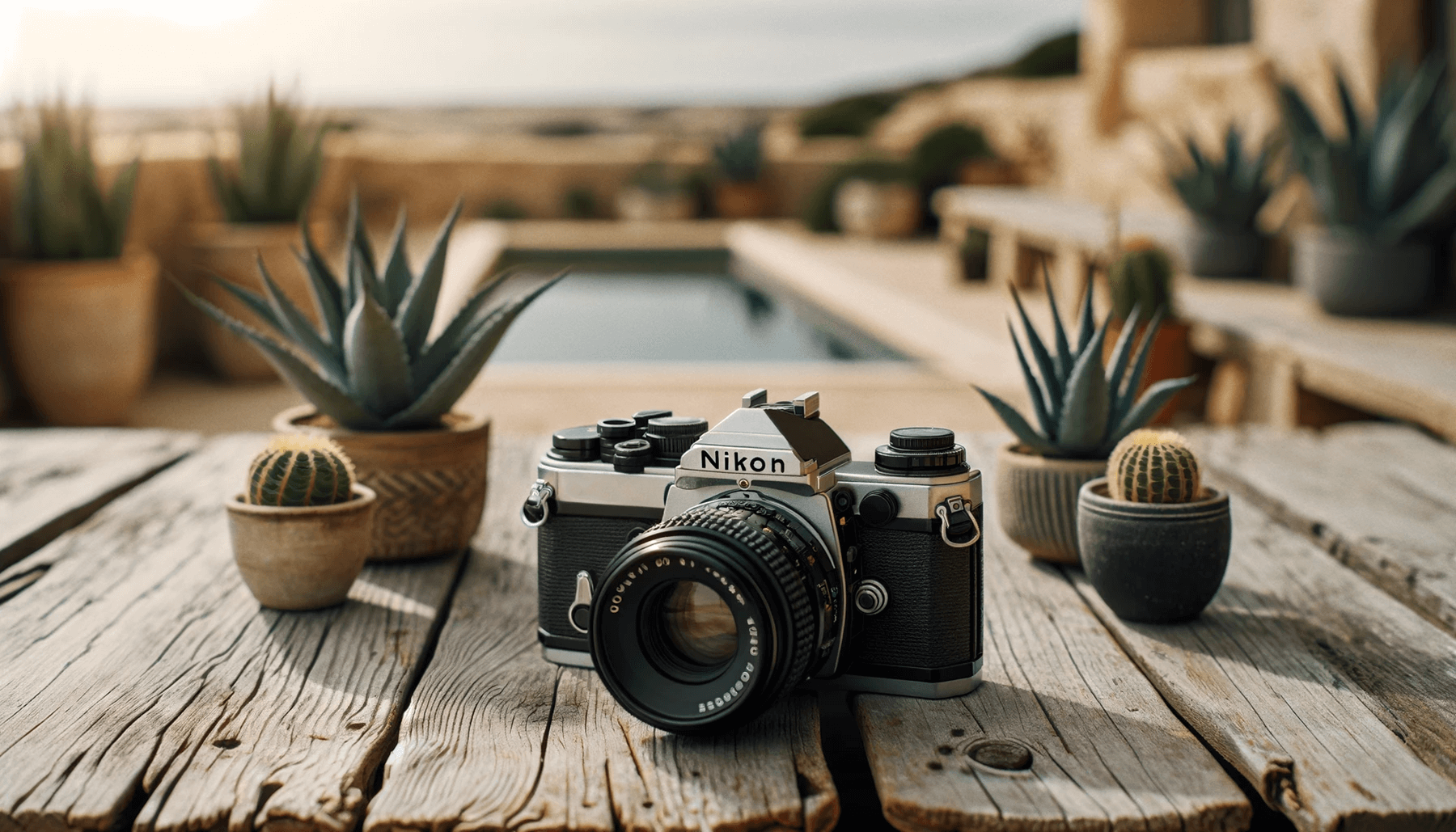














Year round out of the box locations to propose to your fiancé in Los Angeles.